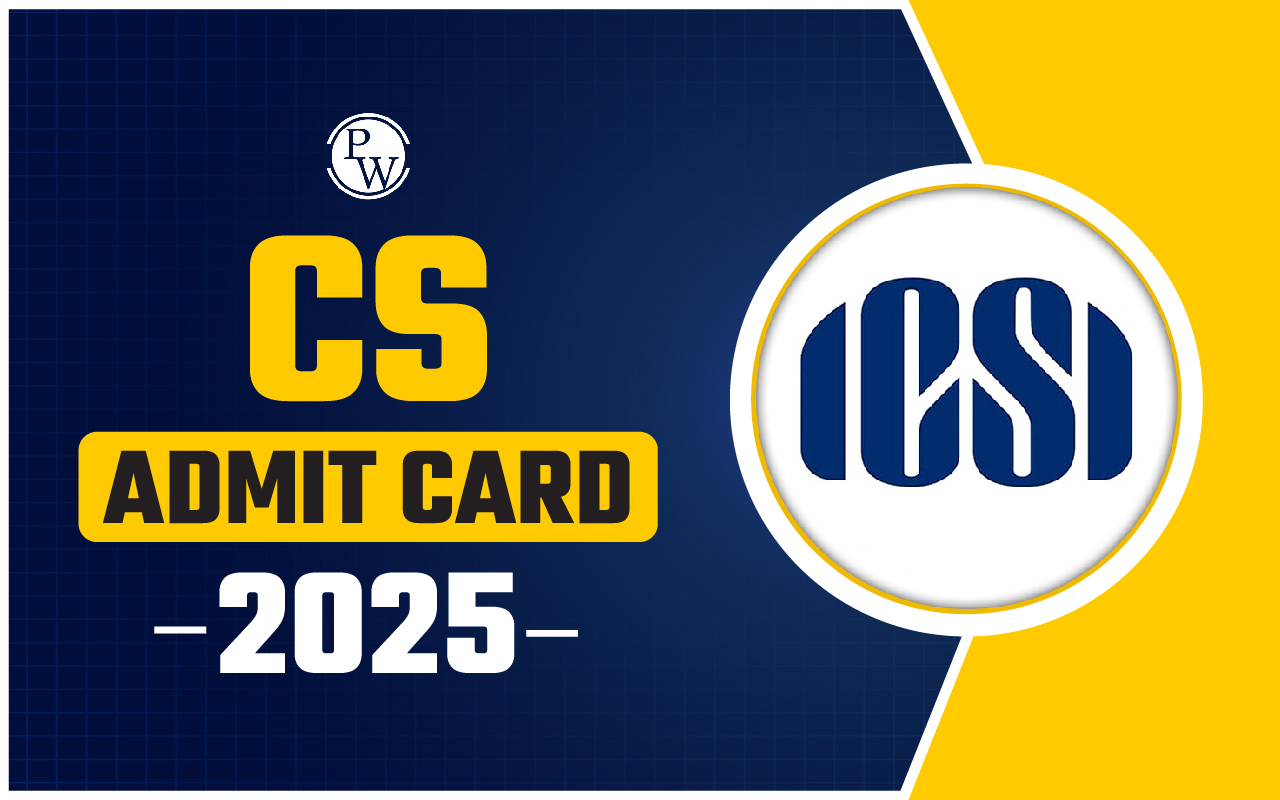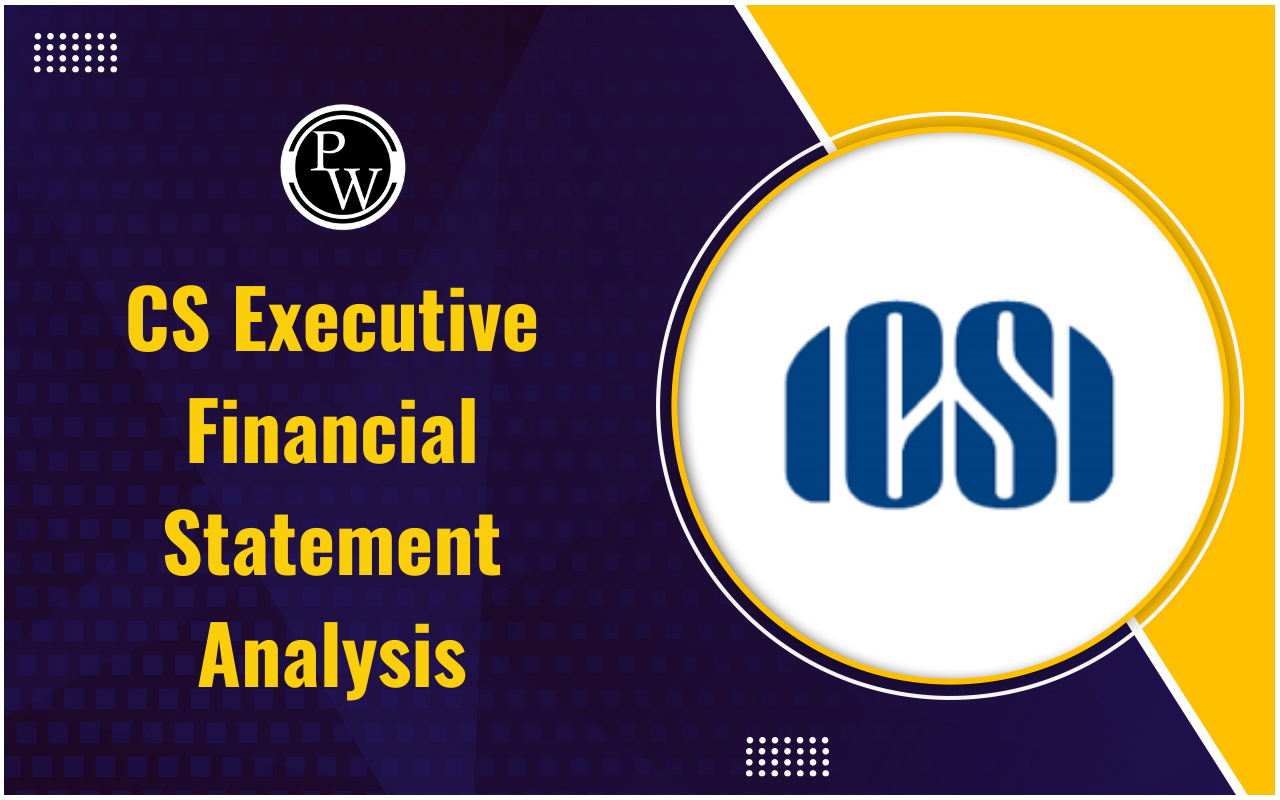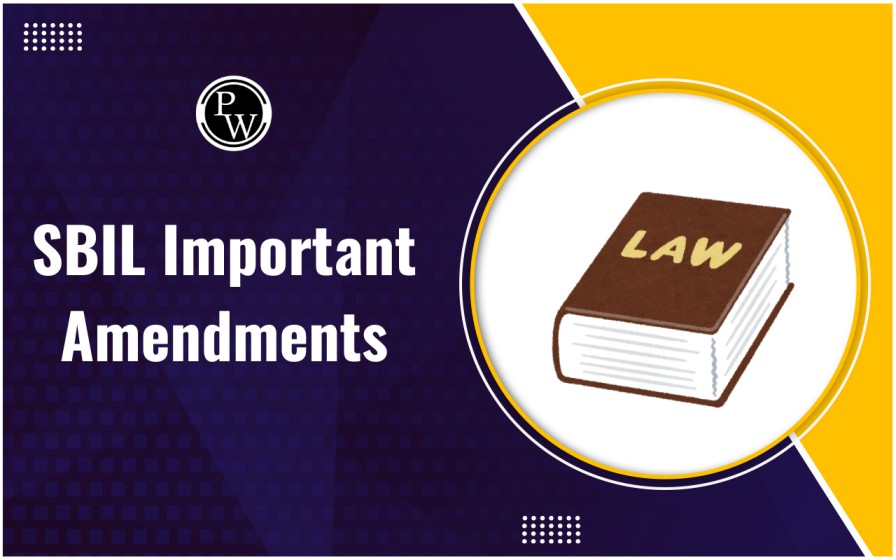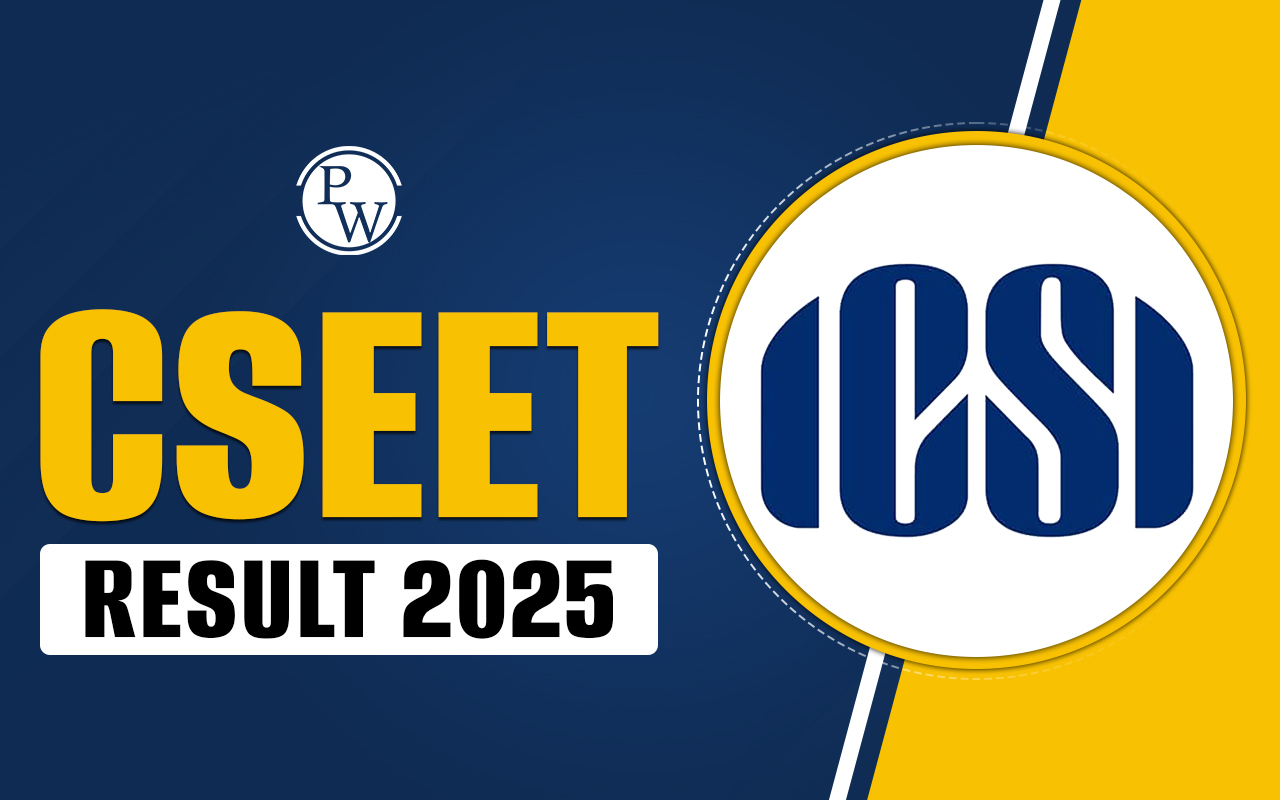
Corporate Accounting is an important topic for the CS Exam . For sole proprietorships and partnerships, there's no law saying they have to make final accounts. But for companies, it's different. They're legally required to keep good records and prepare final accounts every year. This is all laid out in Chapter IX, Sections 128 to 138 of the Companies Act, 2013.
These rules, along with Schedule II and III, started on April 1, 2014. The specific rules for these provisions have also been made official. All these rules and schedules apply to financial years starting on or after April 1, 2014.What is Corporate Accounting?
Corporate accounting is a specialized branch of accounting focused on managing the financial activities of corporations. It encompasses the systematic recording, analyzing, and reporting of financial transactions to provide accurate and comprehensive financial information. Key responsibilities include preparing financial statements such as balance sheets, income statements, and cash flow statements in compliance with generally accepted accounting principles (GAAP) or International Financial Reporting Standards (IFRS).Financial Statements
Financial statements are like a report card for a company, showing how well it's doing financially. They're super important for people like investors, lenders, and analysts who want to make smart decisions. The main parts of financial statements are the balance sheet, profit and loss statement, and cash flow statement. Each of these parts gives a different view of how the company is doing financially.Also Read: Interpretation of Statutes for CS Executive
Schedule III of the Companies Act, 2013
Schedule III of the Companies Act, 2013, prescribes the format for preparing financial statements. It is designed to ensure uniformity and comparability of financial information across all companies. Schedule III details the division of financial statements into two parts: the balance sheet and the profit and loss statement, each with specific requirements on presentation and disclosures.
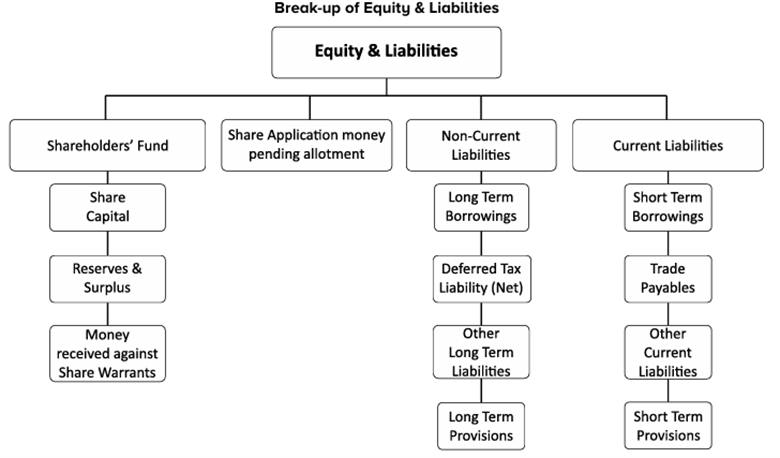

PART I – Form of Balance Sheet

Part II – Form of Statement of Profit and Loss

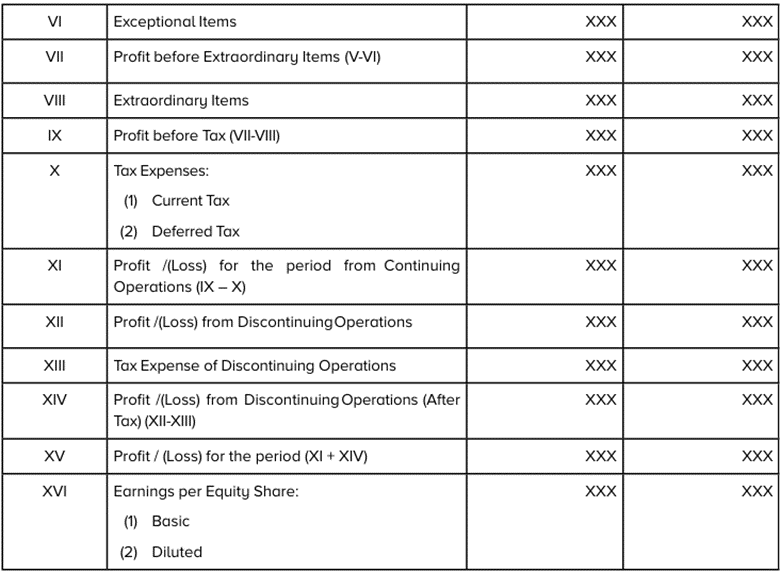 (a) The statement of profit and loss, as specified in Part II of Schedule III, captures the company's operational performance over a period. This includes various income and expense items, which are detailed below:
(a) The statement of profit and loss, as specified in Part II of Schedule III, captures the company's operational performance over a period. This includes various income and expense items, which are detailed below:
- Employee Benefits and Expenses: Detailed reporting of costs related to employee benefits, including salaries, pensions, and other employee-related expenses.
- Income Items: Includes all income streams of the company, categorizing them appropriately to reflect the business operations.
- Materials, Goods, Services: Disclosure of expenses related to materials, goods purchased, and services utilized during the financial period.
- Works-in-Progress: Reporting on the status and valuation of ongoing projects or unfinished goods.
- Reserves – Creation & Utilization: Details the formation and usage of reserves, providing insights into the company’s financial strategies for future stability and growth.
- Provision – Creation & Utilization: Involves setting aside funds for anticipated liabilities and contingencies.
- Expenses: Itemized disclosure of significant expenses such as marketing, R&D, and administrative expenses.
- Subsidiaries Information: Financial data and performance metrics of subsidiary companies.
- Forex Information: Impacts of foreign exchange fluctuations on financial performance.
- Undisclosed Income: Any income not recorded in regular financial statements.
- Corporate Social Responsibility (CSR): Reporting on initiatives and expenditures related to CSR activities.
- Details of Crypto or Virtual Currency: Inclusion of any transactions or holdings in cryptocurrencies or virtual currencies.
XBRL (Extensible Business Reporting Language)
XBRL is like a special language for sharing business and financial information electronically, and it's changing the way businesses report their information globally. It's super helpful for preparing, analyzing, and sharing business data. Using XBRL saves money, makes things quicker, and makes the information more accurate and trustworthy for everyone involved. XBRL stands for eXtensible Business Reporting Language. Lots of countries are already using it, and more and more are starting to use it too.| Also Check: | |
| Introduction to Accounting | Sources of Law |
| Law relating to Civil Procedure | Right To Information Act, 2005 |
| Law relating to Limitation | Law relating to Evidence |
Corporate Accounting FAQs
What is corporate accounting?
Corporate accounting focuses on managing a corporation's financial activities, including recording, analyzing, and reporting financial transactions to provide accurate financial information.
Are companies required to prepare final accounts annually?
Yes, companies must prepare and maintain final accounts annually as per Chapter IX, Sections 128 to 138 of the Companies Act, 2013.
What are the main components of financial statements?
The main components are the balance sheet, profit and loss statement, and cash flow statement.
What does Schedule III of the Companies Act, 2013 cover?
Schedule III prescribes the format for financial statements, ensuring uniformity and comparability across companies. It includes detailed requirements for the balance sheet and profit and loss statement.
What is XBRL?
XBRL (eXtensible Business Reporting Language) is a global standard for electronically exchanging business and financial information, improving accuracy, efficiency, and reliability in financial reporting.
🔥 Trending Blogs
Talk to a counsellorHave doubts? Our support team will be happy to assist you!

Check out these Related Articles
Free Learning Resources
PW Books
Notes (Class 10-12)
PW Study Materials
Notes (Class 6-9)
Ncert Solutions
Govt Exams
Class 6th to 12th Online Courses
Govt Job Exams Courses
UPSC Coaching
Defence Exam Coaching
Gate Exam Coaching
Other Exams
Know about Physics Wallah
Physics Wallah is an Indian edtech platform that provides accessible & comprehensive learning experiences to students from Class 6th to postgraduate level. We also provide extensive NCERT solutions, sample paper, NEET, JEE Mains, BITSAT previous year papers & more such resources to students. Physics Wallah also caters to over 3.5 million registered students and over 78 lakh+ Youtube subscribers with 4.8 rating on its app.
We Stand Out because
We provide students with intensive courses with India’s qualified & experienced faculties & mentors. PW strives to make the learning experience comprehensive and accessible for students of all sections of society. We believe in empowering every single student who couldn't dream of a good career in engineering and medical field earlier.
Our Key Focus Areas
Physics Wallah's main focus is to make the learning experience as economical as possible for all students. With our affordable courses like Lakshya, Udaan and Arjuna and many others, we have been able to provide a platform for lakhs of aspirants. From providing Chemistry, Maths, Physics formula to giving e-books of eminent authors like RD Sharma, RS Aggarwal and Lakhmir Singh, PW focuses on every single student's need for preparation.
What Makes Us Different
Physics Wallah strives to develop a comprehensive pedagogical structure for students, where they get a state-of-the-art learning experience with study material and resources. Apart from catering students preparing for JEE Mains and NEET, PW also provides study material for each state board like Uttar Pradesh, Bihar, and others
Copyright © 2025 Physicswallah Limited All rights reserved.
Get App
